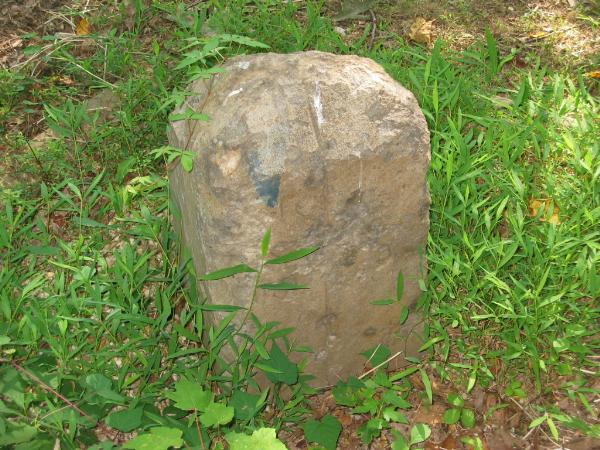
Please bring this completed assignment with you to the first day of class.
My estimate of the time required to complete this lesson is 60 to 90 minutes.
For some of you it will be much, much shorter.
Design Notes
I built this simple little page live using some of the tools in educatorpages.com.
During the course of the class, I will create some classroom materials using free tools available to teachers.
My hope is that as I use a variety of delivery options you will be learn about and explore some of the tools available to you.
During the course of class I will rate the tools I use. These ratings are based entirely on my perceptions but
I hope they may guide you in your choices.

|
Instructions For this activity we are going to learn about some very special rocks. This assignment consists of two parts and it will be a traditional paper-based assignment. I strongly suggest you read through the entire assignment before beginning. No, there are no trick clues or any of that silly nonsense. I just want you to become familiar with it before you start. Make sure you do both parts. Bring as much as you have done of both parts to class on April 18. We are going to discuss our experiences. Part One
Answer questions one through four in the section just below this one. The are displayed in blue.
Please note this - if, after a reasonable search, the answers to the following four questions prove just to be just too evasive, don't spend more time on them. Move on to part two and we'll take care of part one in class. However, please give both parts one and two a good, solid attempt. Below are some pictures of stones, along with their addresses or location descriptions. There are about three dozen stones similar stones involved in the object of this search but for the purposes of this assignment the six shown here should suffice. These stones have a very special place in American history. Your job is to use the tools available to you to answer the questions below. Be sure to keep a brief journal of the methods and paths you followed to obtain answers to the questions. 1. Describe what you can observe about the characteristics of the stones. Here are some examples of questions you may consider:
2. What can you infer from your observations? Here are some examples of questions you may consider:
3. Now to the larger investigative questions
4. Reflect on how you learned what you learned. Here are some examples of questions you may consider:
Here's a reminder - Don't be limited in your thinking. Tip - The top four pictures and addresses will probably be of the greatest assistance in learning about the stones. Part Two In addition to answering the questions in this assignment, you need to keep track of your journey on this voyage. This is the most important part of this activity. You may choose your preferred method for tracking your work. In a paragraph or three, simply outline how you worked through this assignment and your opinion of it. The following questions may be handy in tracking your work flow.
Here are the stones and their addresses: |
|||
 |
1880 block of East-West Highway, Hyattsville, MD |
||
 |
314 Eastern Ave.NE Washington, DC |
||
 |
Jones Point Light House, Virginia | ||
|
|
2824 North Arizona, Falls Church, VA | ||
|
|
6980 West Maple Street, Takoma Park, MD | ||
|
|
6422 Western Avenue, Washington, DC | ||
|
Word Bank
|
|||


